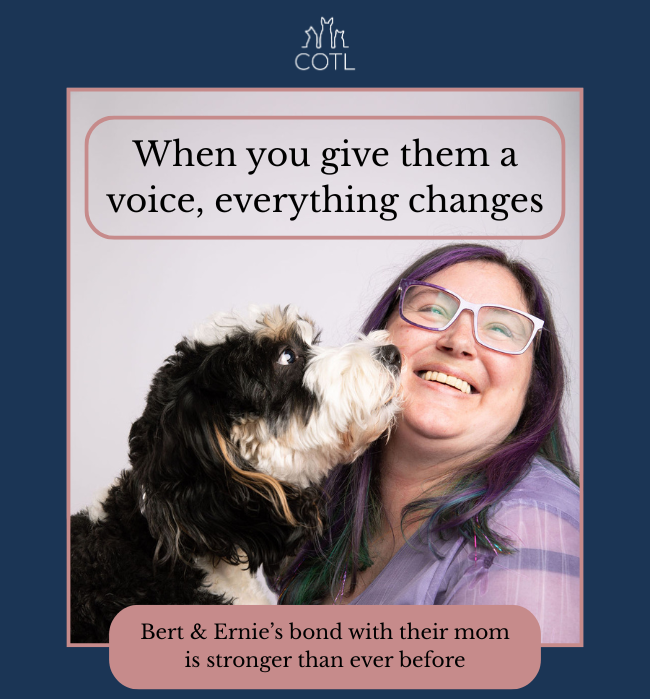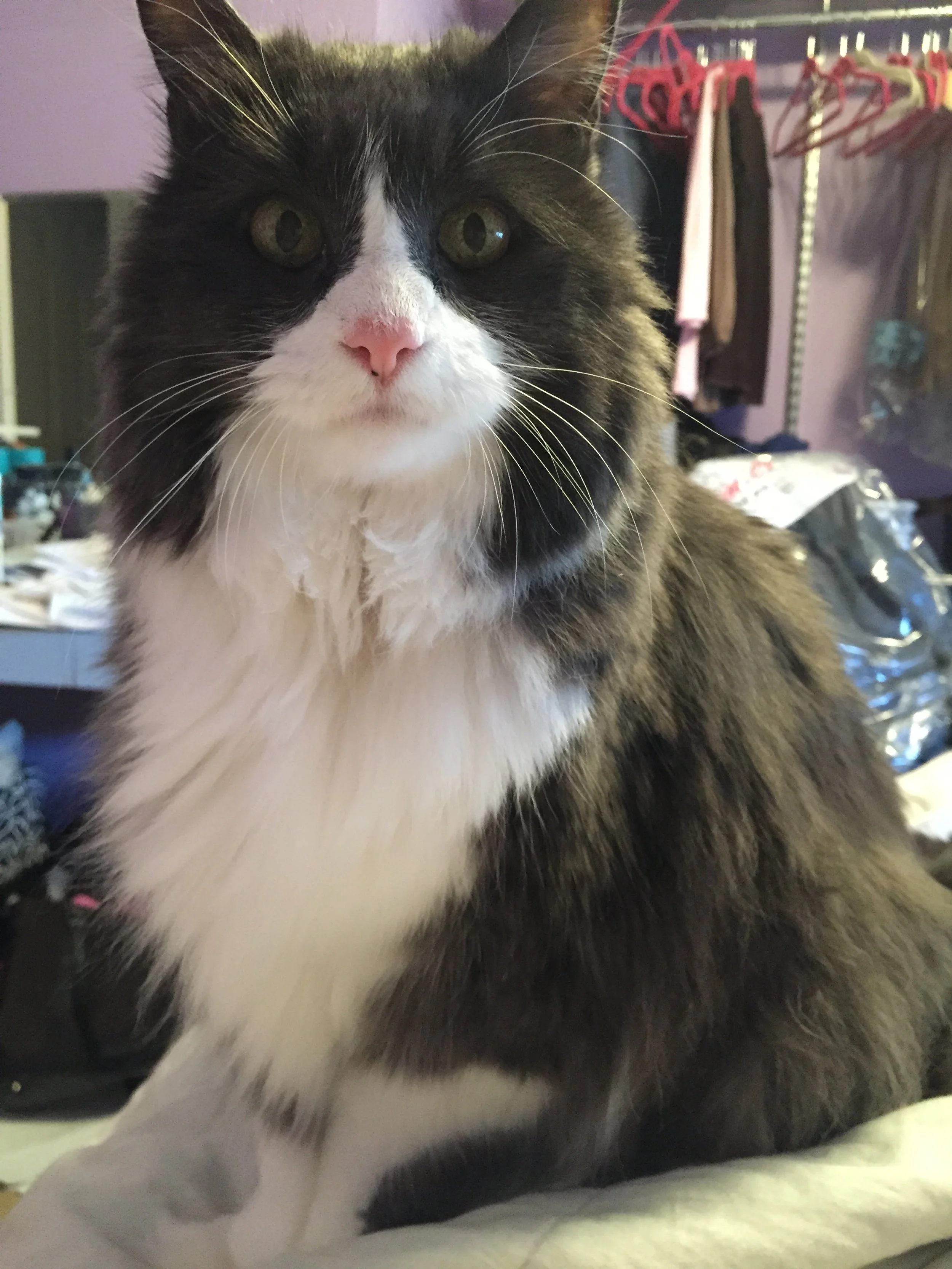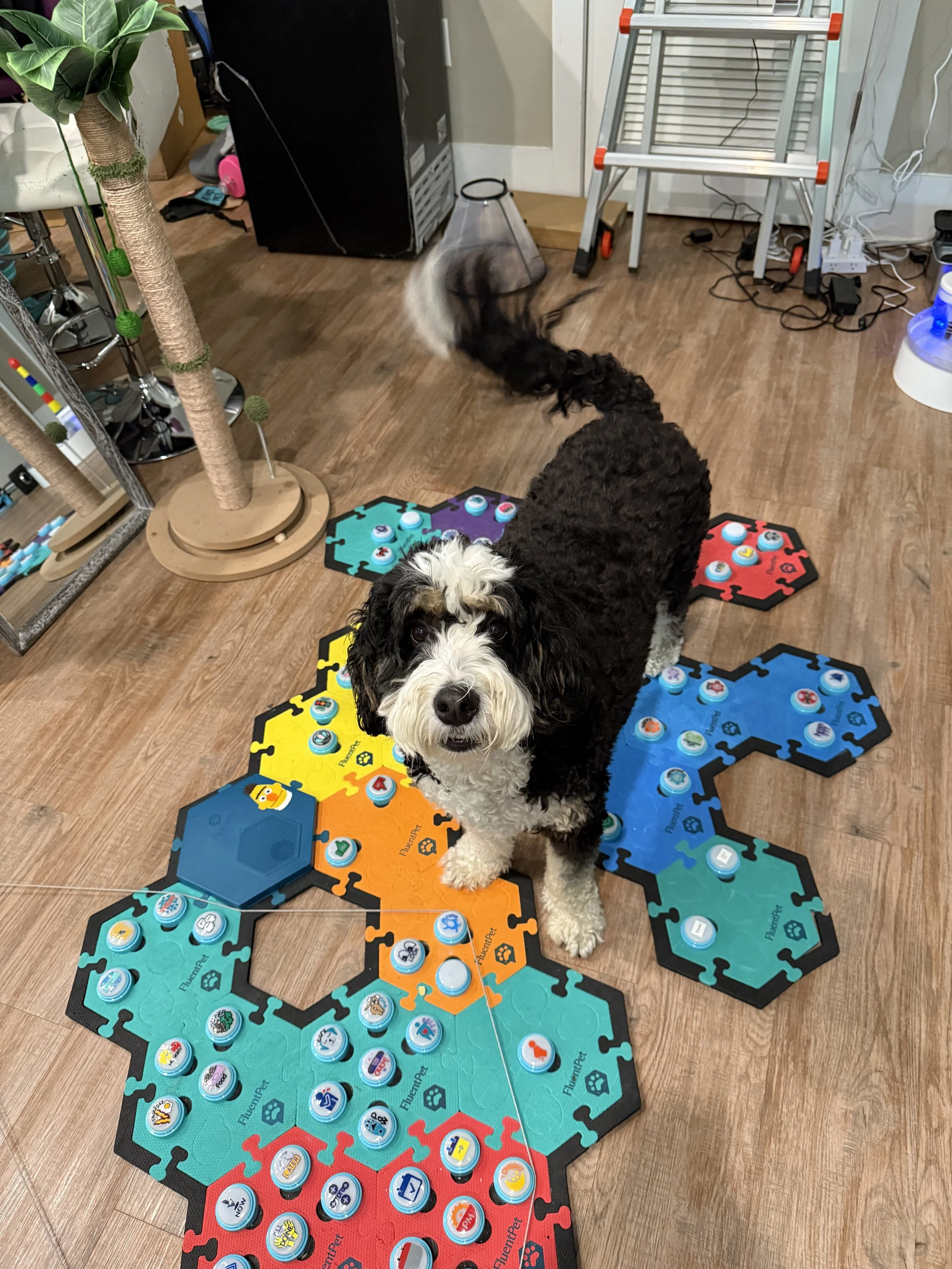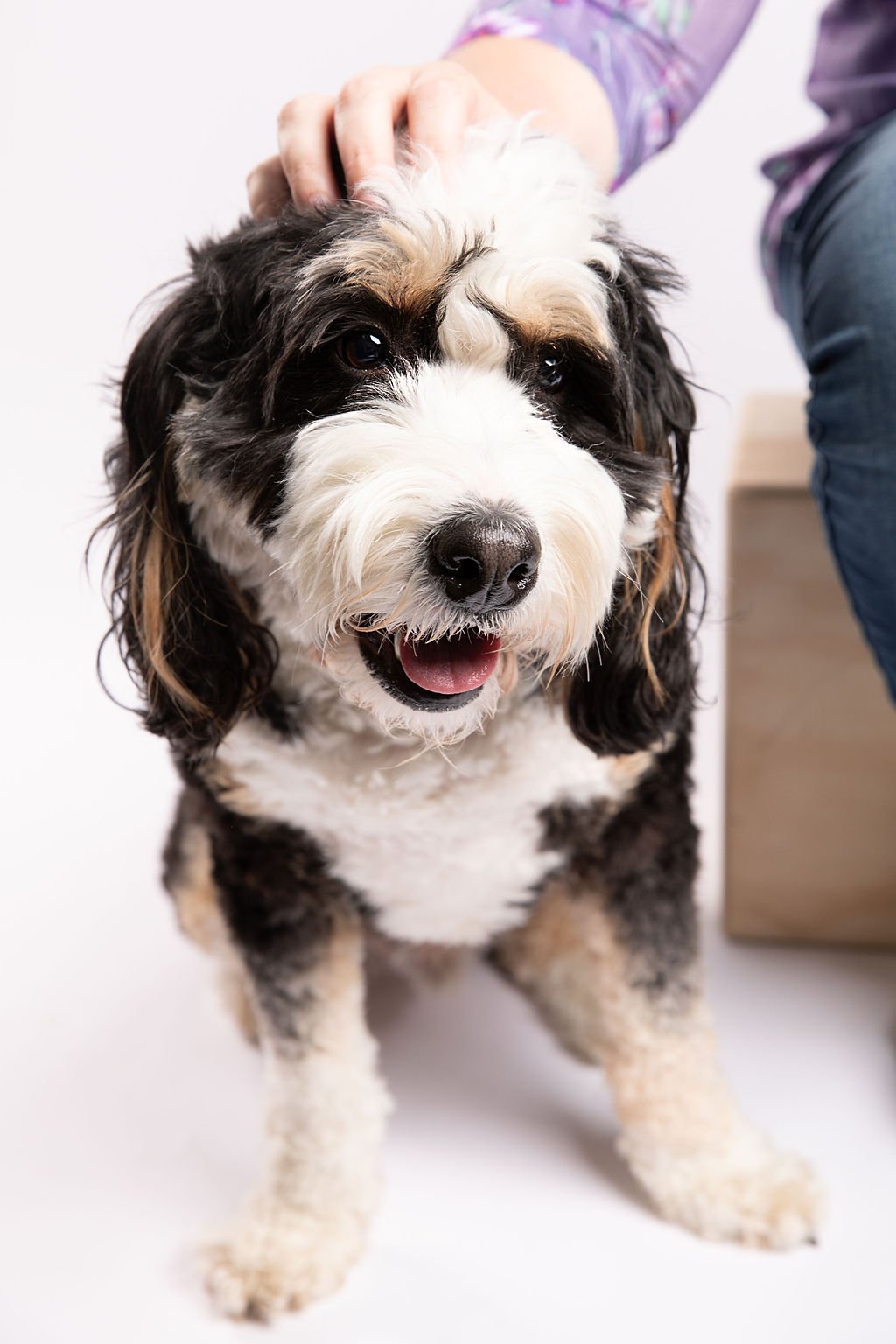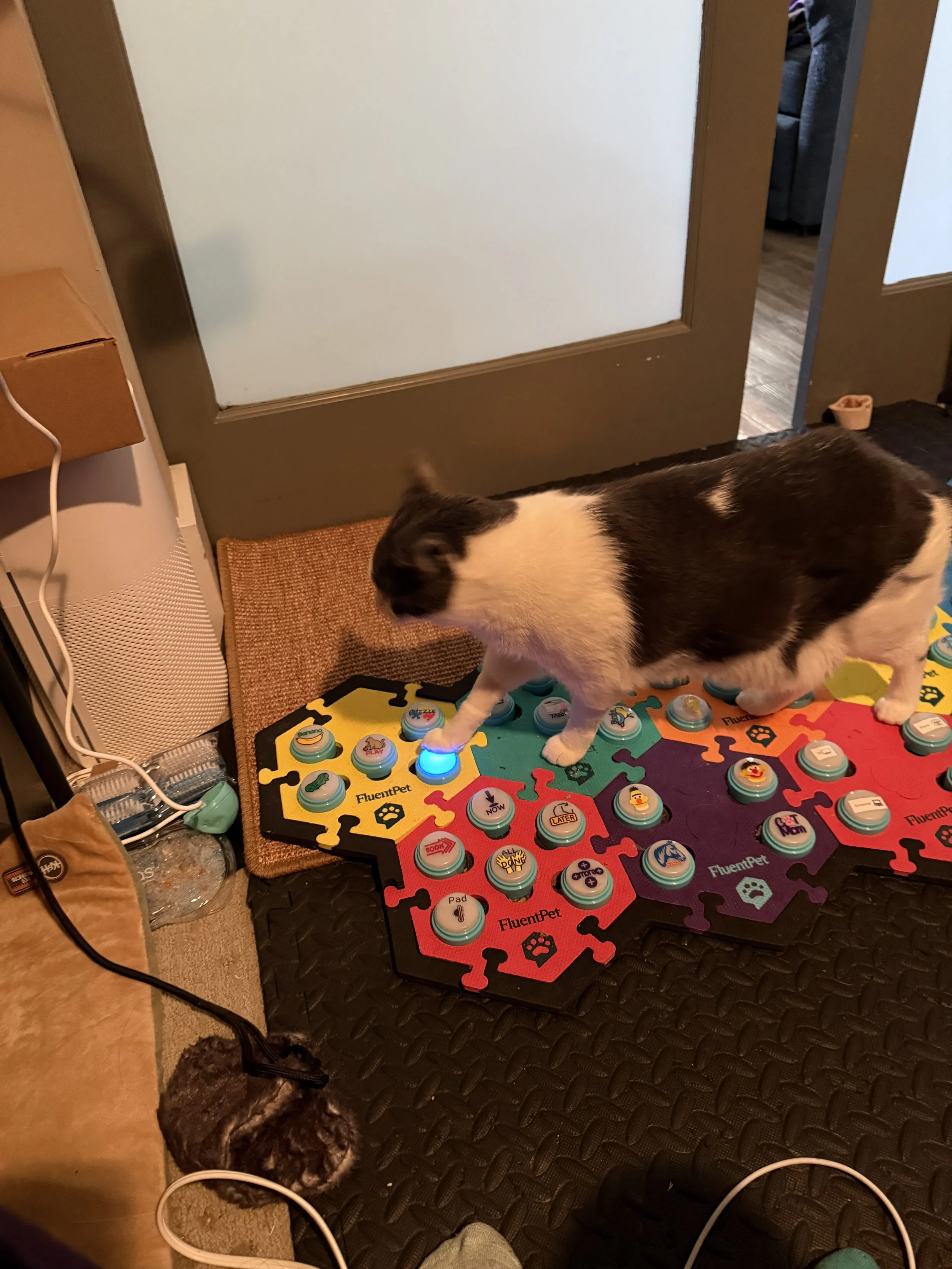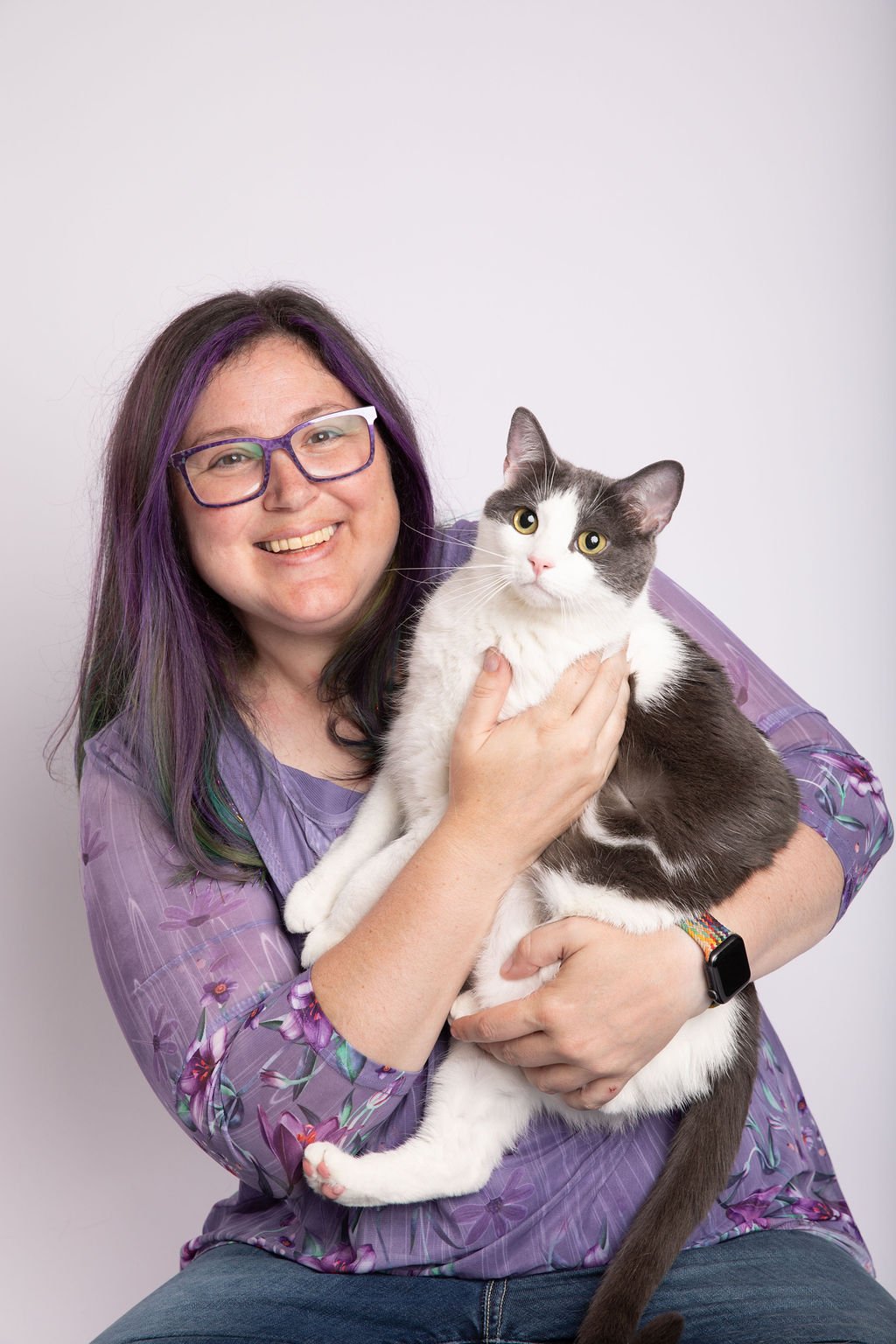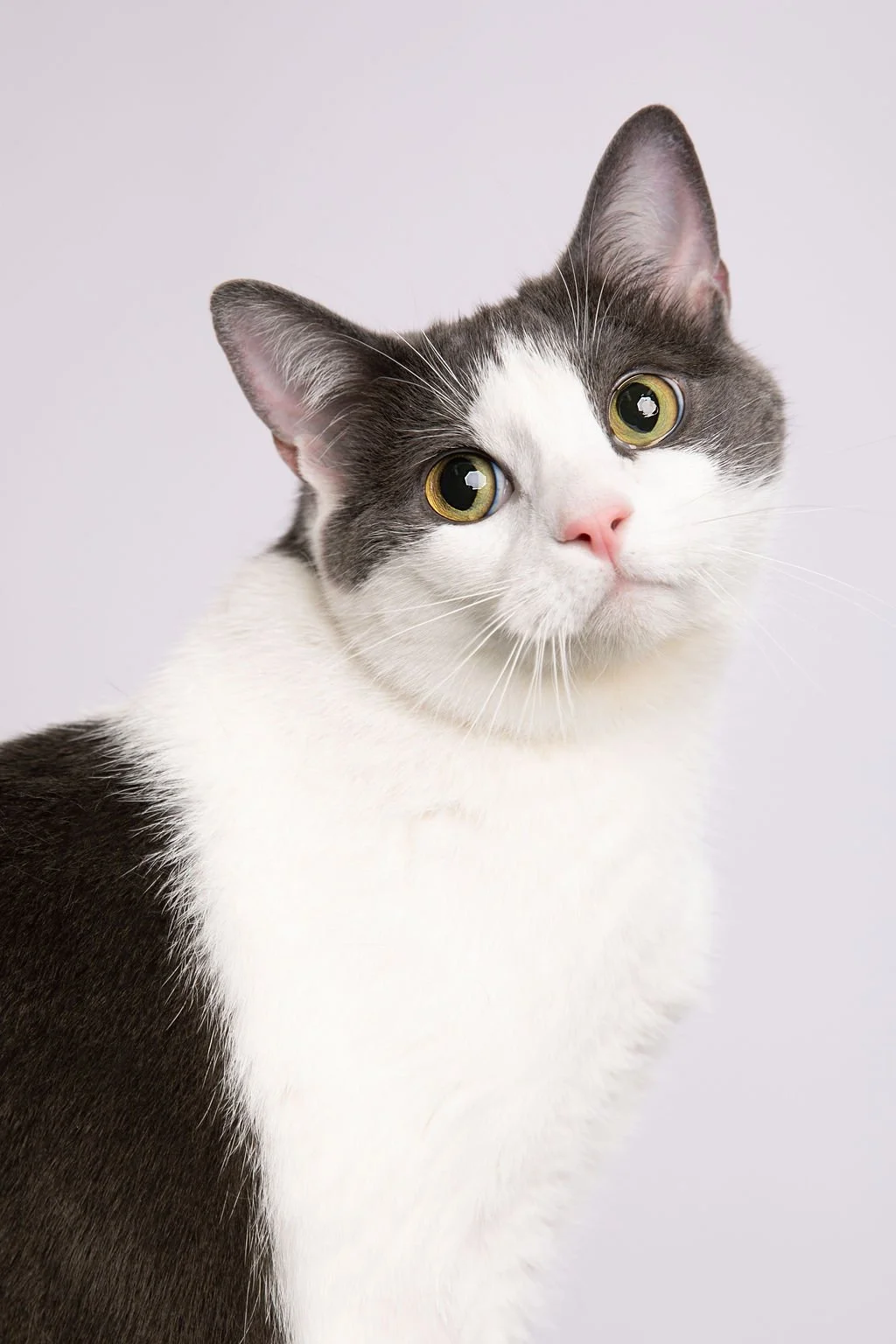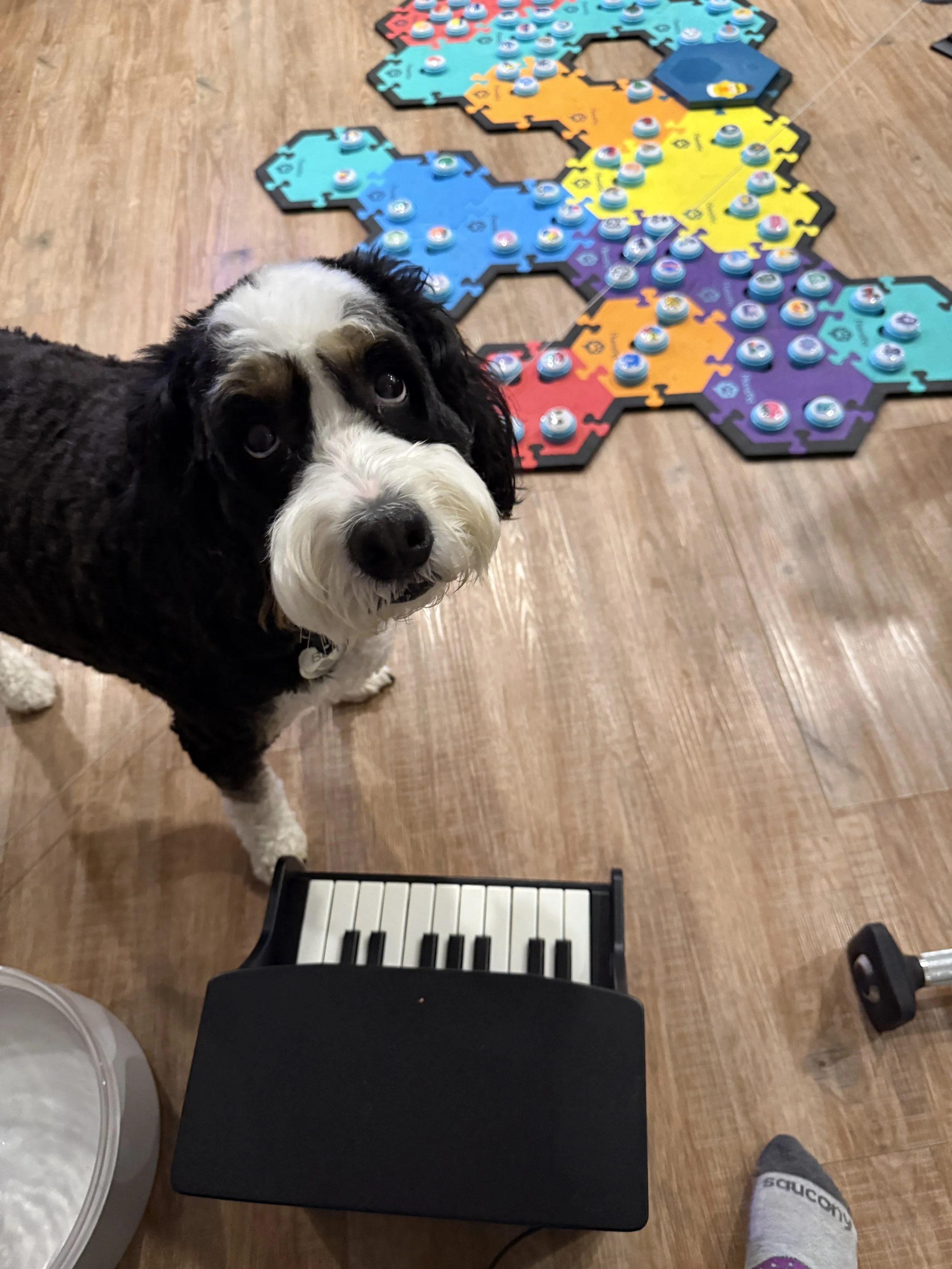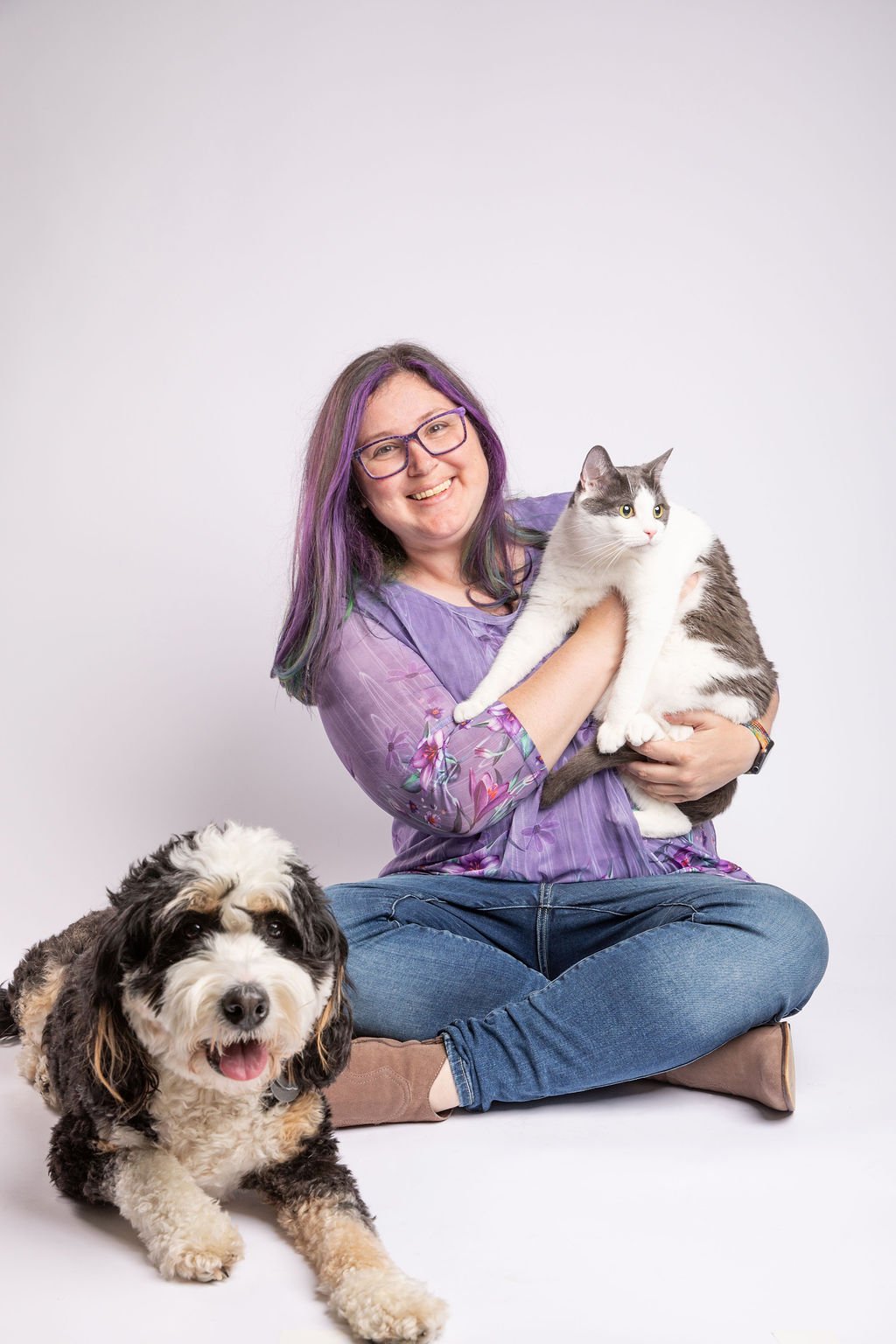Yes, Pets Can Talk!
When it comes to feeling a deep sense of connection in our lives, nothing beats the unconditional love we receive from our pets.
Even on the roughest days, the bond we form with them gives us purpose, fulfillment, and happiness.
But what if there was a way to make that connection even stronger?
What if your pet could tell you when something was wrong? Or tell you they liked something?
According to Robin Deans–FluentPet communication advocate and avid button user–using words to communicate with your pets makes it possible.
A new way to feel connected
“I've always loved animals as a kid. I would always say I wanted to be a veterinarian. When I grew up I decided that you had to know too many different things, though… And I was like, I don't think this is the right path for me. But I love animals–I’ve always had a soft spot for them.”
Between her childhood cat Orny (he was orange 😊) and then Mr. Fluffy–who was by her side during her toughest college days–she knew the connection she felt with her cats was real.
But it wasn’t until adulthood when she got her first pup, a 6 month old Bernadoodle, that she decided to take things to the next level.
Using buttons with Bert wasn’t successful at first. Being the cute puppy he was at the time, he would try to eat them.
Pair that with the frustrations of choosing “outside” as the first word to practice, and that led Robin to give up…
At least temporarily.
It wasn’t until she started seeing more success stories around pets and button communication that she decided to try again–and now, Bert was out of his chewing phase.
And this time? She’d include her cat, Ernie, as well.
Taking enrichment to the next level
“I have never provided the amount of enrichment for any other pet as I have for Bert and Ernie. Bert has a ball pit. Ernie has a cat wheel. He asks for catnip and gets it… There's just so much enrichment that they have.”
After providing her pets with various enrichment options for a while, Robin brought the buttons back.
By then, this communication tool had become more popular and she found a community of crazy pet parents who were there to support each other through this exciting undertaking.
Having a specific approach in place–and fellow pet lovers to reach out to with questions–she started seeing success the second time around.
“You want to stick with concrete and actionable concepts for probably the first 6 buttons. Whenever you add abstract concepts like ‘all done’ and ‘more,’ you want to add them in pairs because it’s easier to contrast them and show one is the opposite of the other.”
And when it comes to emotions? Yes, pets can learn that too!
Robin suggests modeling them when you know you’re actually feeling them, because at that time you’re putting off pheromones, and your pets can sense that.
Pets say the darndest things
To Robin, allowing pets to advocate for themselves is really important. The buttons give them a way to communicate things they’re observing in a way humans can understand.
It also helps reduce stress or anxiety about something they might not like. Unpleasant noises, like a dumpster being emptied, can now be expressed with the buttons “noise, outside.”
“Bert's alarm barking has reduced significantly. But that's not to say he doesn't alarm bark, but it’s definitely not as much as it was before.”
Giving them a voice and full permission to communicate their needs has led to a few surprising moments too.
“Whenever my neighbor plays music too loud, Bert will press “neighbor, noise,” and then he'll ask for quiet time. So I'll call the office… I'm like, my dog is complaining about the neighbor's music. Could we ask them to turn it down a smidge?”
One time, Ernie even predicted it was going to rain, pressing “water, outside” before a drop had even begun to fall.
These moments show pet parents in the button community that their pets are truly understanding the world around them.
And really, they understand more than we could ever imagine.
Ernie’s life-saving button communication
One of the moments that confirmed to Robin that her pets really comprehended the buttons was when Ernie used the word “medicine.”
“He knew his medicine helped him feel better. And he remembered that he needed to take medicine if I forgot.”
Ultimately, this awareness of how he felt–and his ability to use buttons–is what saved his life.
One morning, after he had already taken his medicine, he pressed “medicine’ on his button board.
That didn’t make sense to Robin, since he had never done that before. She told him not now, he’ll get more later.
“But then he pressed “no.” He doesn't usually respond, so that was unusual. I was like, ‘Are you okay?’ And then he went and hid in the closet.”
Hanging out in the closet wasn’t completely out of the norm, but after that exchange, he didn’t come out to press “eat” at dinner. And when she started preparing Bert’s food, he stayed in the closet.
“Sometimes it's not just actual button presses, but the absence of button presses that tells us something important.”
Because Robin really believes in the connection we have with our pets--that we live alongside them and learn their mannerisms, routines, preferences--she immediately knew something was wrong.
“I got him out of the closet. He walked like a turtle from my bedroom halfway to my kitchen and stopped… When he finally made it to the kitchen, he just looked up at his feeder like, ‘That's so far, I don't think I can do it.’”
She rushed him to the emergency vet and discovered he had a urinary obstruction. Because she listened to Ernie, it was caught so early that it didn’t turn into a major health issue!
So, how can you give your pet a voice?
If you’re feeling intrigued about this whole idea of using buttons to communicate with your pets, Robin recommends getting started in a way that builds understanding and confidence from day one:
Start small: 2–3 buttons max
Limit your board to just a few buttons at first. This helps your pet understand that each button means something different–so “button mashing” doesn’t turn into “everything means the same.”
Choose high-value, easy-to-model words
Pick words you can model naturally throughout the day (aim for 10–15 times daily… That’s why “outside” is NOT recommended at first!). Robin’s top 3 starter categories:
🐾Treat / eat / snack – Small goodies, not meals
🐾Affection – Only if your learner likes it (think scritches, brush, or pets)
🐾Play or toy – Choose a specific toy and keep it special–only bring it out during modeling or when your pet presses the button
Keep play novel and interactive
Use a new, inexpensive toy that appears only for button time. I also love interactive toys like flirt poles or tug ropes to keep things fun and engaging.
Use buttons built for animal learners
Robin recommends FluentPet buttons for their ease of use and crystal-clear sound. Use her code BertandErnie at checkout for 12% off any purchase!
Why Robin has a Cotl plan
Unfortunately, Ernie isn’t the only one who’s had a health scare recently.
Just a few months ago, Robin contracted a bad case of pneumonia… and at the same time, found out she had an even more severe medical issue that needed attention.
“I almost didn't get diagnosed because I had been to the hospital so many times. Because I kept having pain in my lungs, they just kept associating it with the pneumonia.”
During this frustrating time, she kept coming back to a concerning thought, “What would I do with my pets if I had been admitted to the hospital?”
That’s exactly what led her to creating a Cotl plan.
When people think of “the unexpected,” they might immediately think of the worst case scenario. But even just a few days in the hospital is disruptive enough to need a plan in place for your pets.
And now, Bert and Ernie’s care–medicine, enrichment, special food, and buttons–can continue no matter what happens to Robin.

